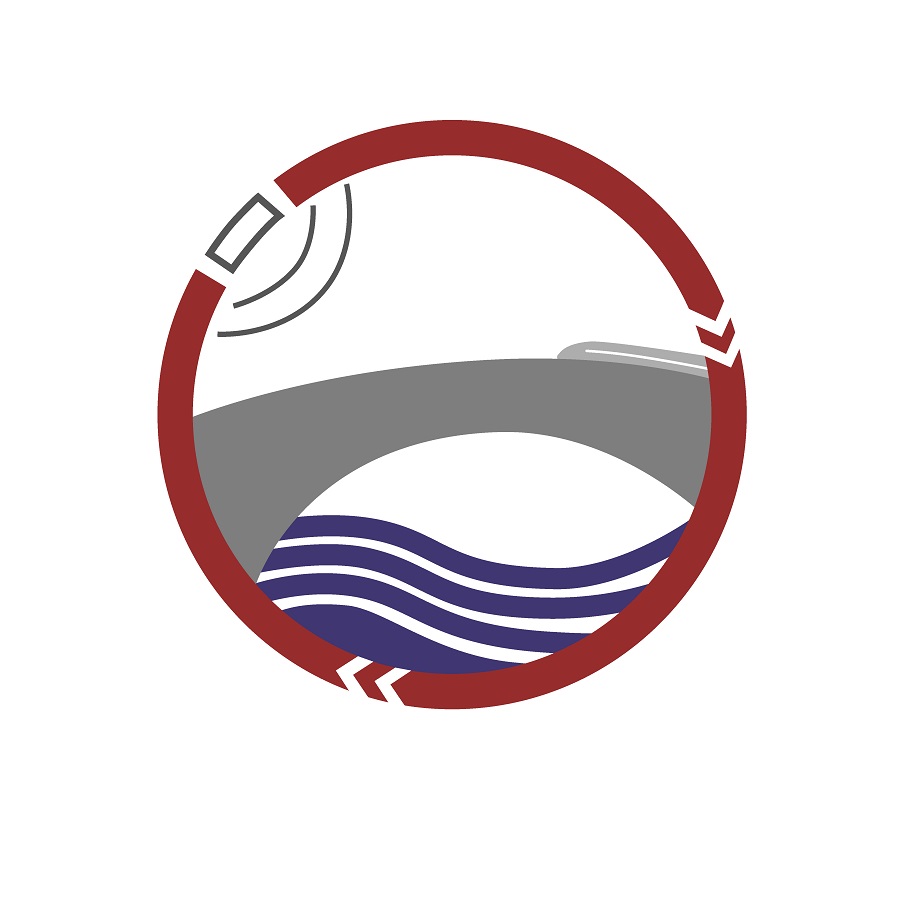A tiny house made almost entirely from paper
Working group at ISM+D is researching a recyclable tiny house. A contribution from TU Darmstadt
2025/08/19 by Martina Schüttler-Hansper
There is currently a shortage of affordable and readily available living space in Germany. The demand for affordable, sustainable housing has been growing for years and cannot be met by established construction methods. Mini houses – so-called tiny houses – made of paper could make an important contribution to remedying this shortage. They can be designed flexibly, but are particularly time and cost efficient and environmentally friendly to produce.

Since March 2024, Professor Michael Kraus' “Design and Construction with Paper” research group at the Institute of Structural Analysis and Design (ISM+D) at TU Darmstadt has been working on the research project “Paper-based Tiny House”. PhD students Naomi Bosse, Inés Burdiles and Henriette Hoffmann are researching a cost-effective and recyclable alternative to conventional paper-based mini houses together with industrial partners in this R&D cooperation project (reference 16KN102532) as part of the Central Innovation Program for SMEs (ZIM) funding program.
Professor Kraus explains: “The research project on mini-houses fits very well into the group's research strategy: towards efficient, scalable construction methods with alternative materials, their engineering evaluation and establishment in practice”. Specific questions within the scope of the project are aimed at developing design and dimensioning methods, accompanying simulation and the corresponding necessary characteristic values of paper materials and construction variants determined from experiments.
“Our aim is to use paper as a load-bearing and heat-insulating construction material in buildings and to produce components such as walls, for interior and exterior use, as well as roofs from cellulose-based materials,” says Henriette Hoffmann. “Paper products such as honeycomb panels, solid board or even paper tubes can be really stable with the right design and can potentially absorb the higher loads that occur in buildings. We are also investigating how well the material bears loads when exposed to moisture.”
Paper is a material that is well known in other sectors, such as the packaging industry. “The paper industry is global and works with locally produced material. This is ingenious and can have a big impact,” describes Inés Burdiles and adds: “So far, paper has been used in buildings in a rather experimental way, for example in emergency shelters, exhibition buildings and some unique permanent buildings. However, our project aims to design solutions that are modular and highly prefabricatable, meet various target requirements in terms of statics, building physics, ecology and economy and can be made available to many people quickly.”
The advantages of paper outweigh the disadvantages
In addition to the structural engineering qualities, building physics factors play an important role in the Tinyhaus made of paper. “We are testing a real building product. To do this, we record the material characteristics of the paper materials with regard to heat, moisture, sound and fire protection,” explains Naomi Bosse. “Thanks to the special arrangement of the paper layers, we achieve very good values for thermal insulation and soundproofing, as well as good load-bearing capacity. And with a sufficient top layer of solid board, we can also achieve adequate fire protection for building classes 1 and 2.”
Another important aspect of their research is the eco-balance of the Tinyhaus. By using paper materials, there is the potential to create an almost completely recyclable house. Kraus sees the currently established, one-piece construction variants with large-scale bonding as being in conflict with the goal of circularity. He believes that metal fasteners, such as screws, which are also used in timber construction, have promising potential. On the other hand, there is a lack of experimental data on such fasteners for medium to large-scale components. Hoffmann adds: “We are therefore specifically investigating the joining techniques between different paper components. For example, detachable adhesives so that the paper can be easily recycled and connections with screws that are also easy to reuse. We have learned that we need wood when connecting building components, such as the wall to the floor and roof, because of the load transfer.”
A Tinyhaus prototype shows the results of your research to date: stable walls made of paper materials and intelligent connection options for the individual modules. The project partners produce the prototypes or test specimens. The members of the research group agree: “The material has so much potential, especially its recyclability and recyclability, and that outweighs any shortcomings.”
Complementary expertise as a catalyst for success
The skills within Professor Kraus' “Designing and Constructing with Paper” working group complement each other perfectly: Kraus and Hoffmann contribute their extensive expertise in the fields of structural design and dimensioning, while group leader Dr. Nadja Bishara and Bosse contribute their expertise in the field of building physics. Their expertise covers in-depth knowledge of numerical simulation methods and corresponding experimental validation. The team is rounded off by Burdiles, who contributes experience and expertise from the theory and practice of architecture. “Thematically, we complement each other very well, there are many good interfaces,” says Hoffmann.
The team is also benefiting from synergies from the parallel research project “Circular exterior wall system based on paper”. “We are taking scientific findings from one project into the other. It's about similar topics, about the statics of the paper materials, i.e. how load-bearing or pressure-resistant they are, as well as aspects of building physics, such as heat, moisture or fire protection. It is also about construction and joining techniques. However, we are talking about different constructions or layer structures,” explains Bosse.
Read the article, which appears on the TU Darmstadt website, here: https://www.tu-darmstadt.de/universitaet/aktuelles_meldungen/einzelansicht_518912.de.jsp


